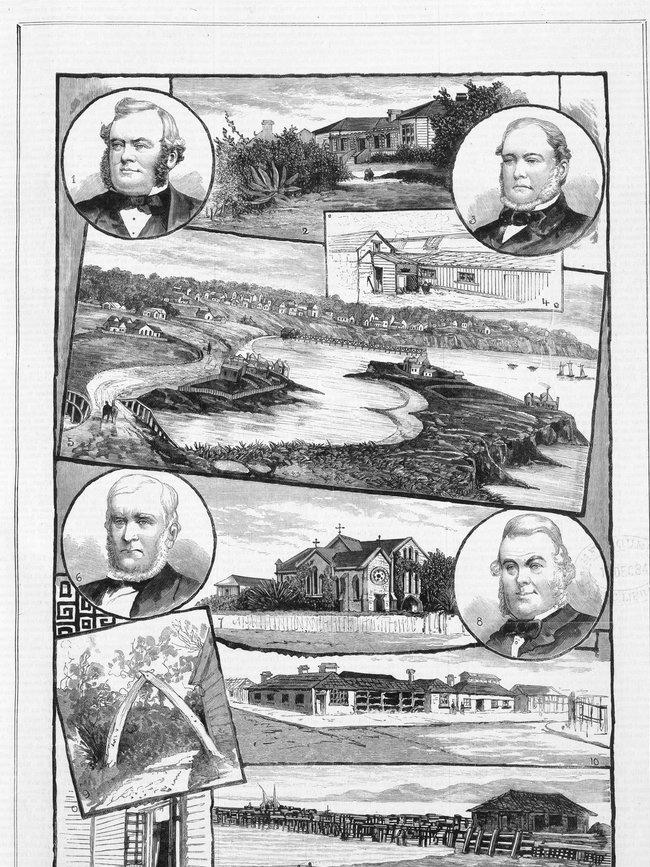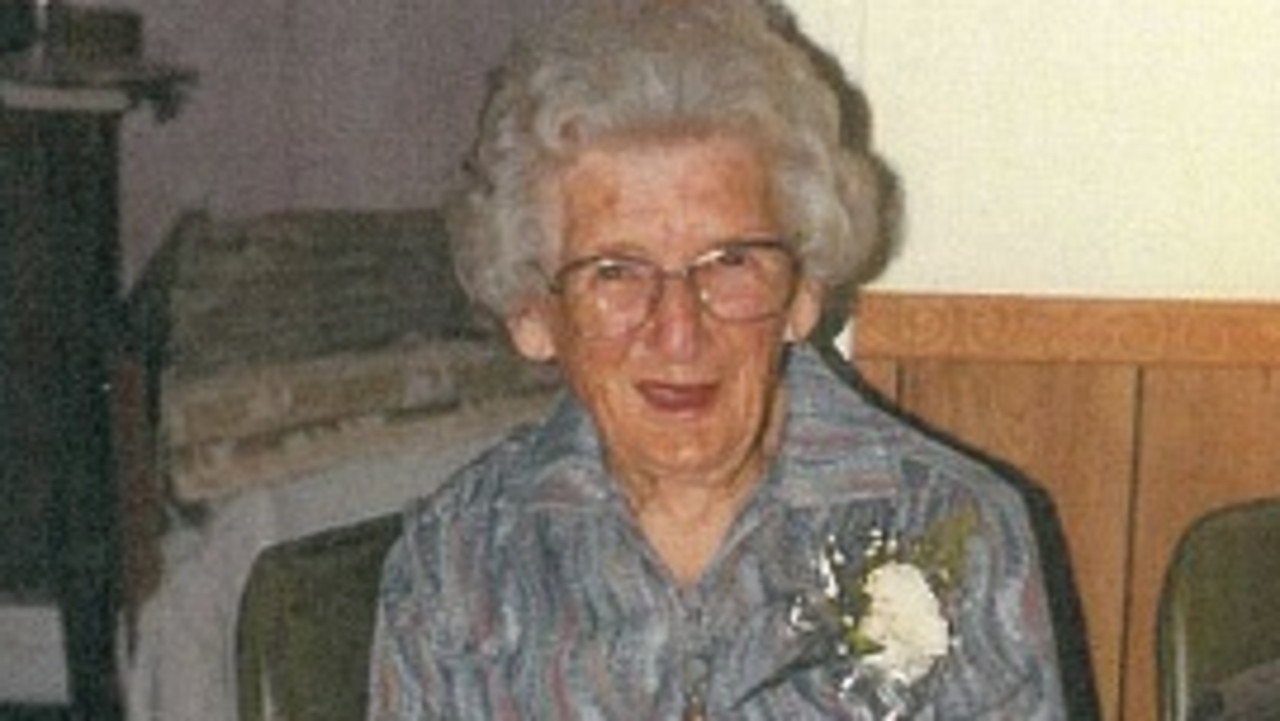Did beached whale at Portland lead to Victoria’s deadliest mass killing?
It may have been the worst mass killing in Victoria’s history — the Gunditjmara Aboriginal people and a group of whalers fighting over a beached whale. But exactly how much blood was spilt on the Portland beach could be lost in the mists of time.

True Crime
Don't miss out on the headlines from True Crime. Followed categories will be added to My News.
A bloody tale told to a pioneer in 1841 is one of the only records of Victoria’s first and maybe deadliest mass shooting.
In 1841 on a trip to Portland, George Robinson heard a story that chilled his bones.
He was talking with Edward Henty, a whaling operator and pioneer, way down the coast where the law could hardly reach.
Robinson had been travelling the rough frontier area to learn about Aboriginal inhabitants and their interactions with settlers.

Henty was eager to tell Robinson the “blacks” in this area were trouble.
They’d been trouble since the whaling operations started around Portland, he said.
And a few years back there’d been a particularly hairy incident that had spilt blood on a nearby beach.
The tale that followed, according to some, described the first and perhaps the deadliest shooting massacre in Victorian history.
TROUBLE WITH THE WHALE
The trouble started over a whale that came ashore some time in 1833 or 1834.
Whaling around the outer Port Phillip District, as it was then known, was ruthlessly competitive.
Sometimes two or more teams of fishermen would fight over the same flailing animal.
Under those circumstances a whale could sometimes slip free from the harpooners and wash up on the beach.
Henty said on this particular occasion a whale had slipped its moorings and washed ashore.
Once the giant mammal had run itself aground, it was almost useless to the whalers.
The effort required to haul it anywhere wasn’t worth the meat, so the fishermen might instead take some of the bones and head and leave the rest to rot.
But not this time.

The local Gunditjmara Aboriginal people had been taking meat from beached whales for a thousand years or more, so Robinson later recorded.
According to them, this carcass was theirs and the flurry of white men, setting about the harpooned beast, were thieves.
The indigenous tribesmen rallied on the beach, trying to scare the settlers off the whale.
The whalers, having no way to communicate their claim to the kill, or their intention to leave it largely intact, were spooked away.
They returned a short time later. This time they had guns.
The beach on which this confrontation happened is called Convincing Ground.
Some believe, as Robinson recorded, it was named that way because of what happened next.
To ‘convince’ the Aboriginal men that messing with armed whalers was a bad idea, they let loose.
According to Henty’s account, the whalers went at the Aboriginals from all directions.
Many fled to the trees and some threw spears. But they never came back.
COUNTING THE DEAD
Henty didn’t specify how many people had been killed.
In subsequent diary entries after visiting Convincing Ground and perhaps hearing other accounts, Robinson noted a great many Aboriginal men could have been slain in the incident given the whalers’ advantage with firearms.
He later talked to indigenous leaders who shed more light on the chilling violence.

They told him the massacre had been so severe just two men from the Gunditjmara tribe survived the battle and sought shelter with a neighbouring group.
Later estimates put the number of dead between 60 and 200 on the Aboriginal side.
No deaths were officially recorded among the whalers.
Backing up the massacre theory is Robinson’s initial assertion, and Aboriginal stories, that Convincing Ground was named after the incident.
But that too is murky.
In the early 1800s, it was common for such a name to be given to a place where disputes of any sort were settled.
MORE MITCHELL TOY
WHAT TO EXPECT IN MELBOURNE THIS SPRING
HERE LIES BUSHRANGER DICK. DID HE DESERVE THIS?
There were tales around Portland that Convincing Ground had been such a place long before the conflict, and that belligerent whalers had gone ashore there to settle arguments by fighting among themselves.
The incident has since been debated among scholars, some of whom believe there is little evidence to suggest a massacre of any sort took place and that descriptions of hundreds dead are wildly exaggerated.
Others believe a body of evidence including Robinson’s account and the Aboriginal oral tradition indicates the massacre almost certainly happened.
If it did, it could have been the worst mass shooting in Victoria’s history.
But what precisely happened at Convincing Ground that day, who exactly was responsible for the violence and how many people were killed and injured, is lost to time.
Originally published as Did beached whale at Portland lead to Victoria’s deadliest mass killing?


